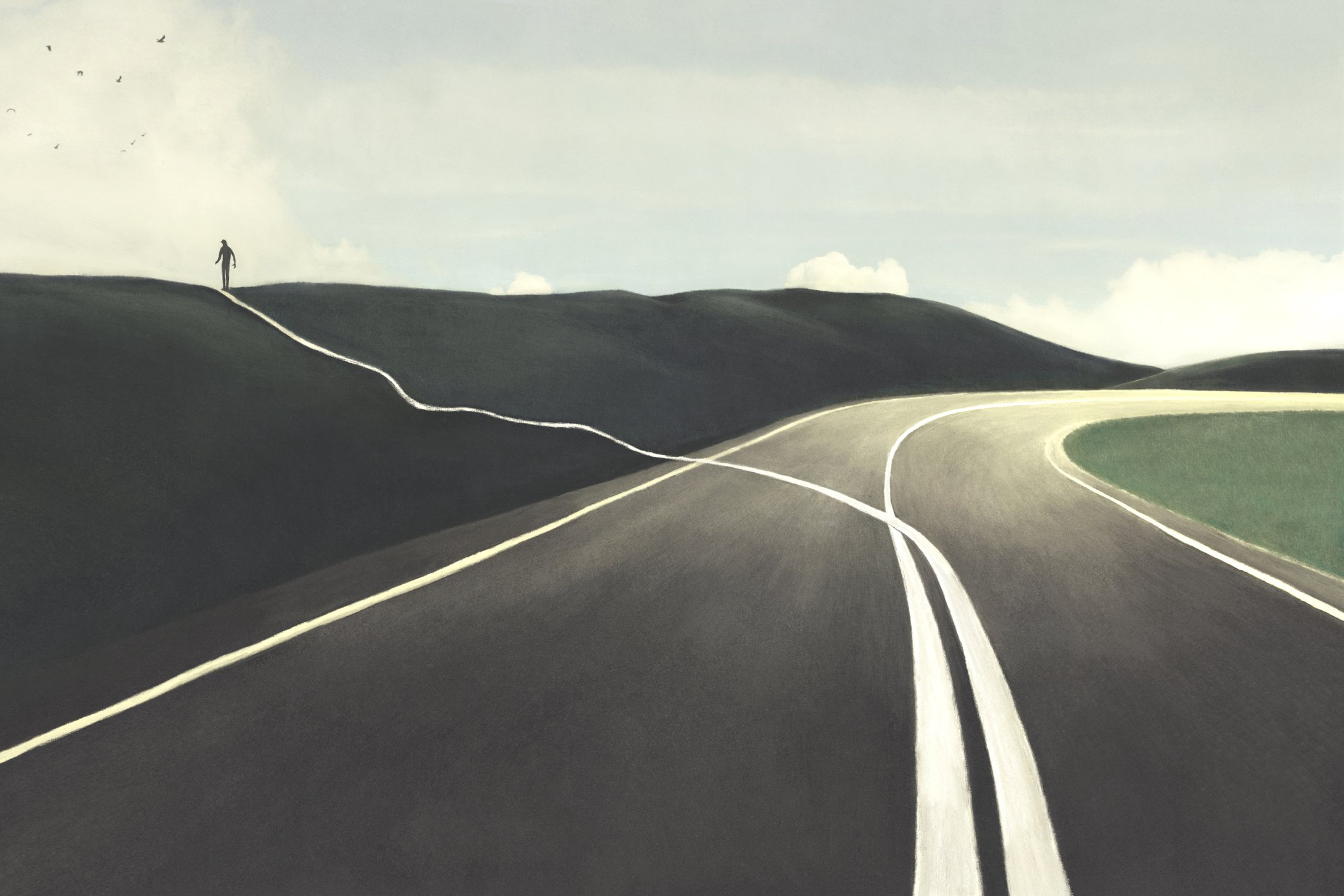Humans were pattern-binders before we were toolmakers or language users.
Before we could name the world or shape it with our hands, we survived by synchronizing with it—matching our rhythms to the rhythms around us: heartbeat to drum, breath to wind, step to step. The first act of intelligence was not to speak, but to keep time.
With this elemental coherence grew everything else. A gesture became a signal. Signal became a word. Cooperation became technology. Our tools and languages are fossilized rhythms—extensions of that original instinct to keep pattern with the world and with one another.
You can still see it everywhere.
Friends fall into effortless banter and shared jokes—their laughter keeps tempo like a chant.
Families circle a dinner table, repeating old stories that hold them together when nothing else will.
Fans wear team colors and rise in unison at a score, chanting as if invoking the gods of victory.
Workers on a crew move in practiced sequence; soldiers march and shout cadence; choirs breathe as one.
These are not imitations of religion—they are religion: shared rituals that turn experience into belonging.
Whenever two beings fall into rhythm—talking, working, touching, dancing—they create a small field of coherence, a momentary world with its own pulse and grammar. This is religion in its most primal form: the embodied instinct to bind experience into shared continuity.
When such gestures become conscious and are preserved, refined, and taught, religion becomes institutional. The trouble begins when the institution forgets what it was built to serve—when the form believes it is the coherence rather than its vessel.
At its root, religion is not belief in the invisible; it is the practice of coherence—the art of remembering ourselves together. It becomes “magical” only when we forget that we are its authors. The power we feel in ritual is not descending from elsewhere; it is the emergent energy of relationship recognizing itself.
That is why religion is necessary. Without shared acts of meaning, human life frays. We lose the rhythms that keep us oriented toward one another and toward the Earth. Every culture that has endured has found ways to drum, sing, or speak itself into coherence.
The tribal drum and dance make this visible. The beat synchronizes hearts and lungs; movement fuses bodies into one breathing pattern. Before there were gods, there was rhythm. Before there was theology, there was the drum. The drum is the first altar of the species—the heartbeat of coherence made audible.
To see religion clearly is not an academic exercise; it is a survival requirement.
We stand at a point in history where our inherited religions are fragmenting, our civic faiths are exhausted, and our technologies have outgrown the moral rhythms that once restrained them. The result is noise without music—endless signals with no shared beat.
Unless we recover the ability to make coherence consciously, we will continue to confuse distraction for freedom and collapse for progress. We will keep mistaking the spectacle of belief for the practice of belonging.
To recognize what religion truly is—to understand it not as supernatural myth but as humanity’s evolved capacity to bind meaning through shared rhythm—is to reclaim the very faculty that makes civilization possible. Families, friendships, vocations, governments, and cultures endure only as long as they can perform this binding consciously. When the rhythm fails, so does the world that depends on it.
We don’t seek to abolish religion but to awaken it—to bring it home from illusion into awareness. Every handshake, every shared meal, and every honest conversation is a rehearsal for that awakening. Each is a chance to turn an ordinary relationship into sacred coherence.
Opthē exists for this reason: to remind us that the sacred is not elsewhere. It is generated here, between us, wherever truth and care keep rhythm together. To know this is to end the age of magic—and begin the age of conscious coherence.

